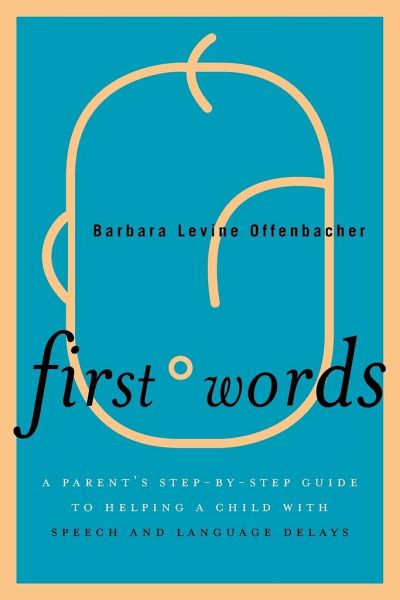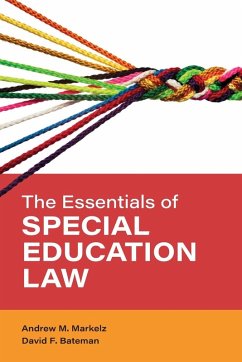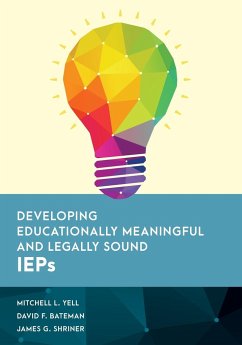
First Words
A Parent's Step-by-Step Guide to Helping a Child with Speech and Language Delays

PAYBACK Punkte
16 °P sammeln!
First Words gives parents the information they need to allow them to stimulate their child's speech and language. Parents are given actual samples of how children with autism and other language delays respond differently to questions and how their responses can be redirected in order to start building connections.














